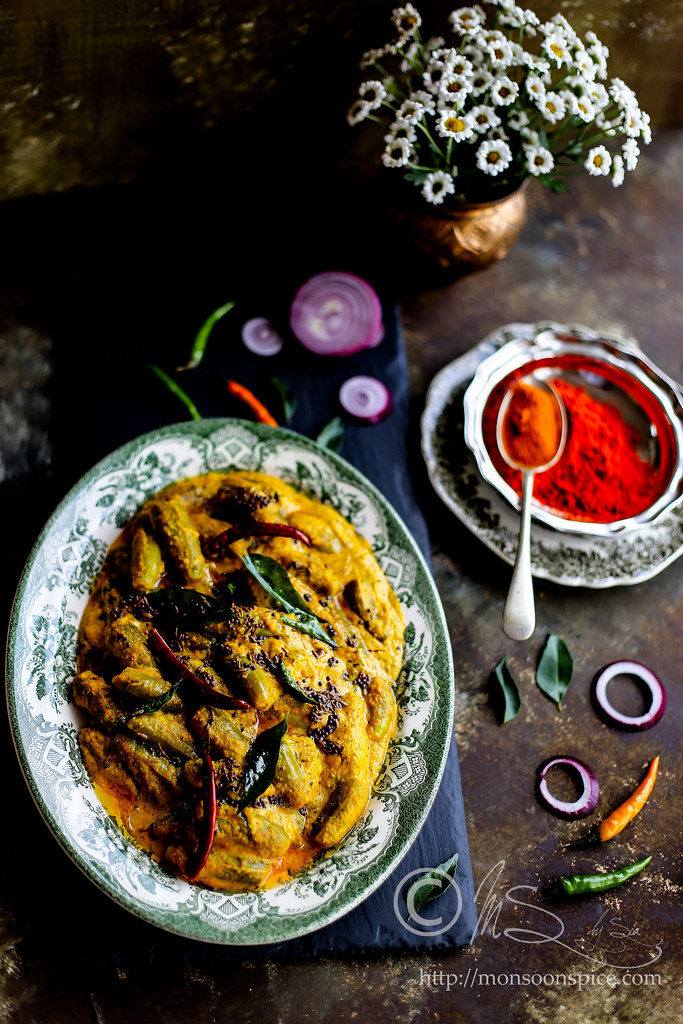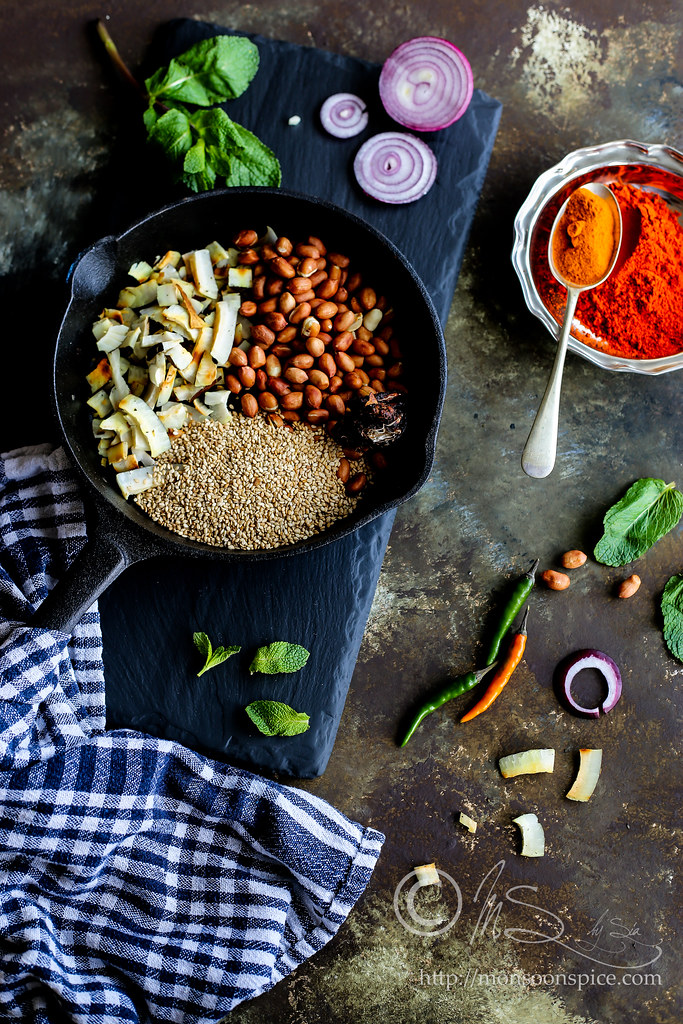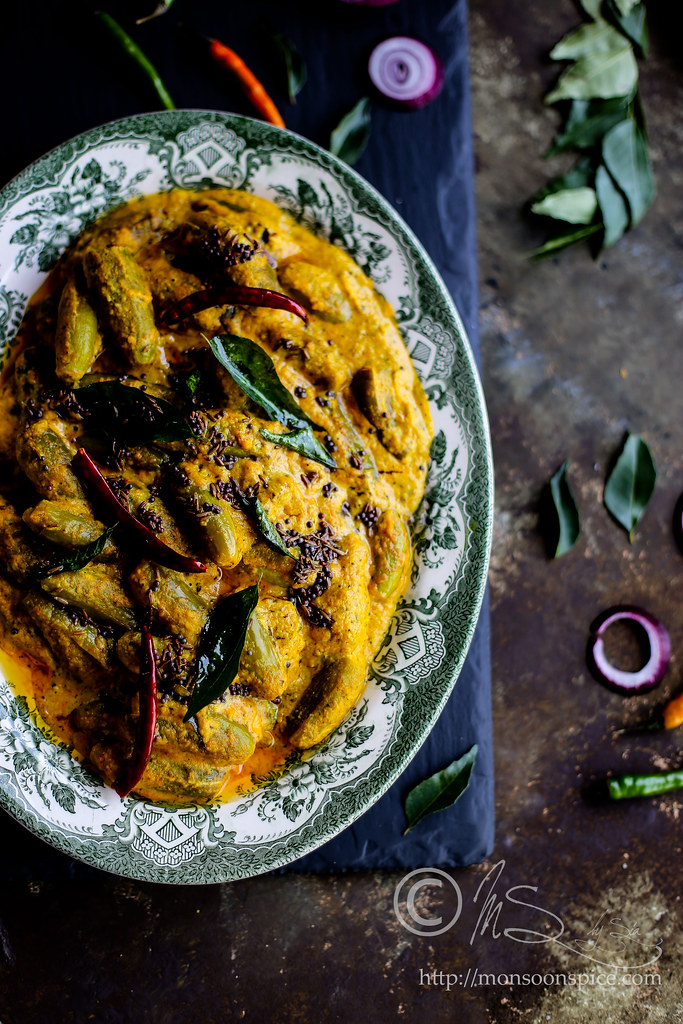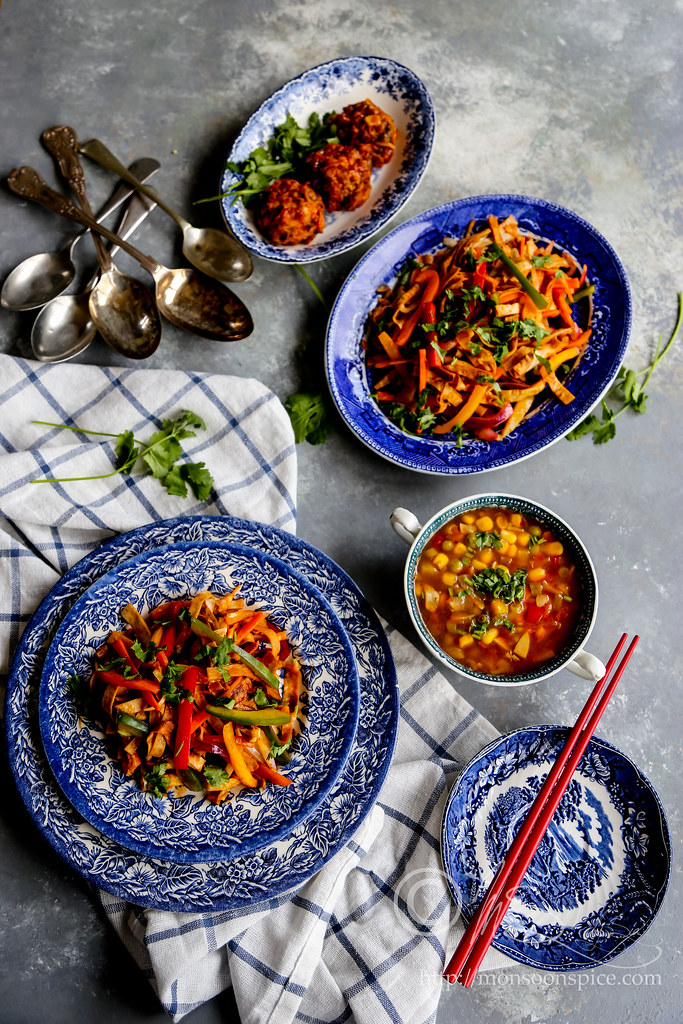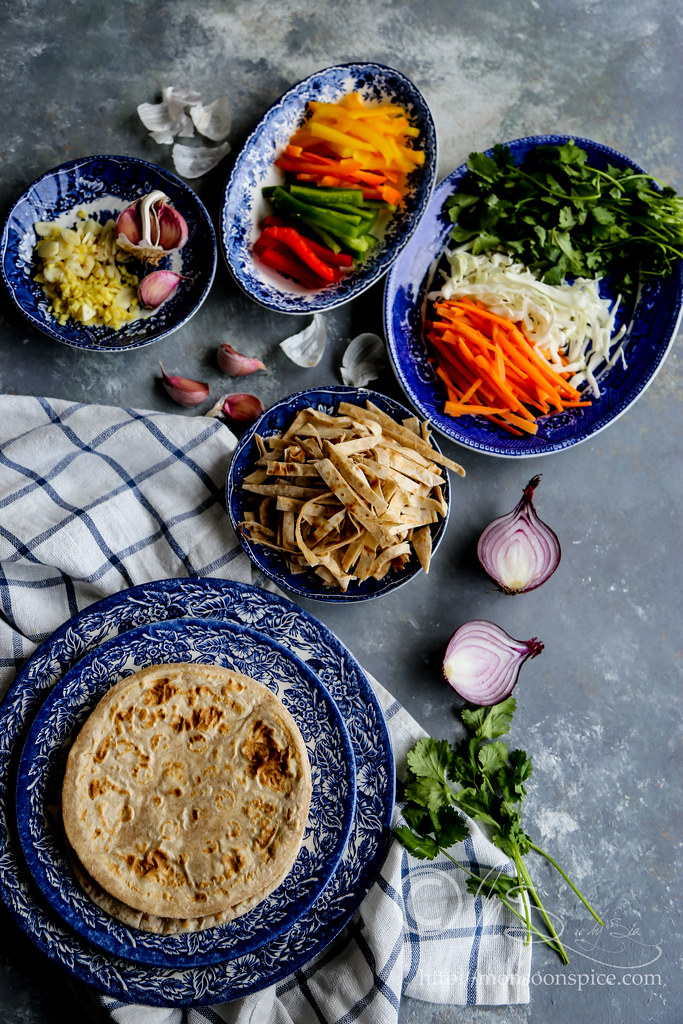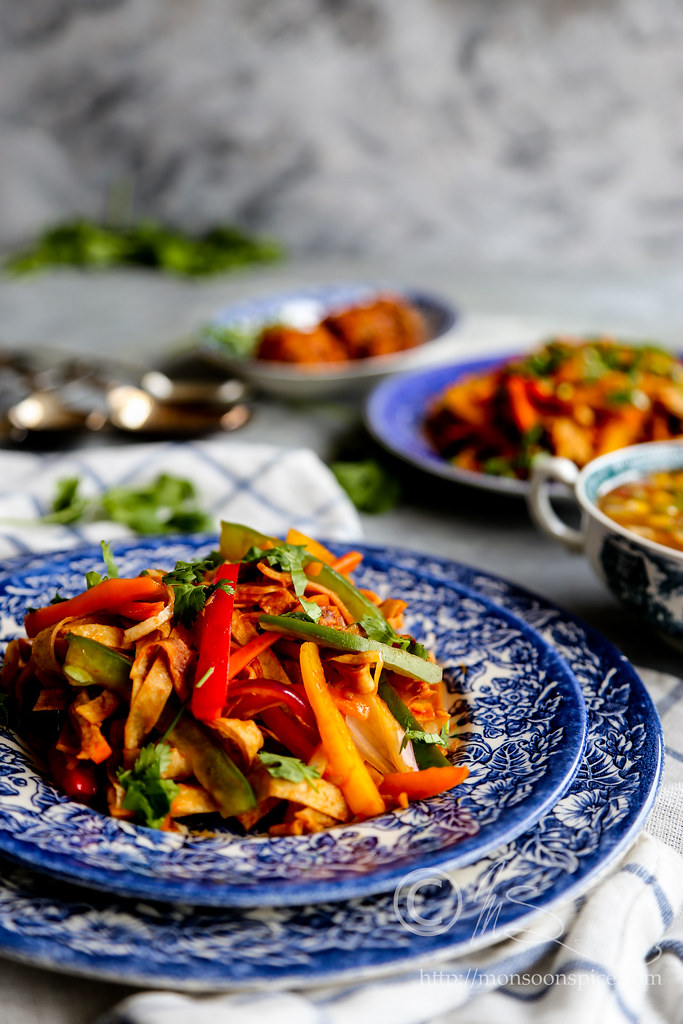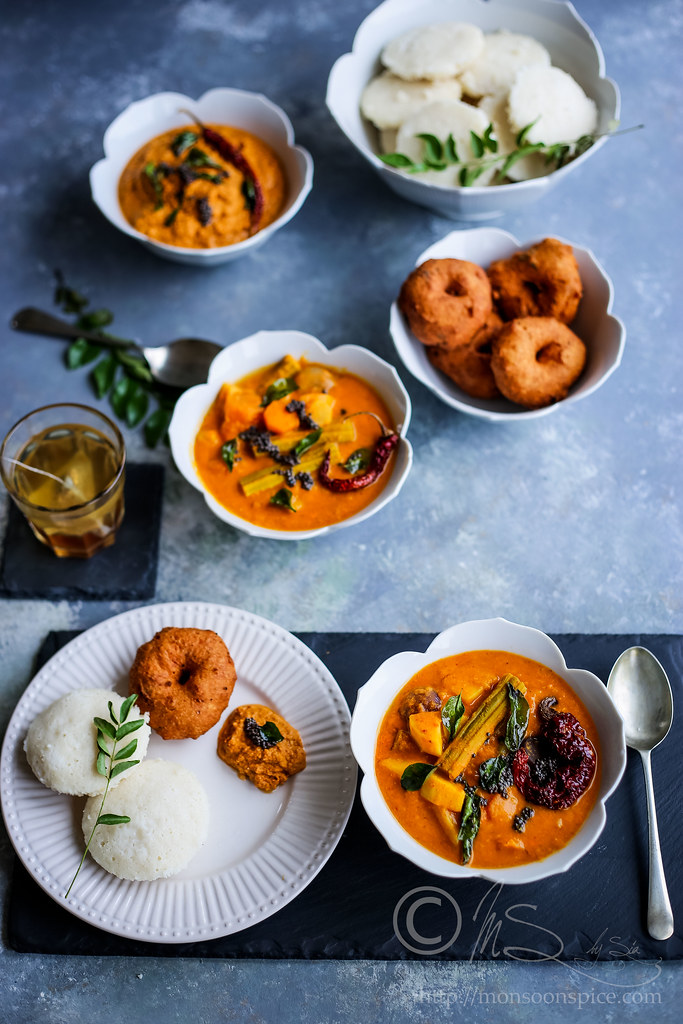
Learn how to make Arachuvitta Sambar ~ South Indian lentil and vegetable stew flavoured with fresh roasted spice and coconut mix and tamarind extract
People who know me tell me that I turn little crazy when I start missing certain food. Food has that kind of effect on me and some days, it can turn my life upside down! It is especially so if I don’t get to eat full-fledged South Indian breakfast of Idli, Vada and Sambar at least once a week and begin to show withdrawal symptoms. Notice that gorgeous bowl of Sambar up there? It’s called Arachuvitta Samabr. This little tongue twister is a wonderful Tamil Brahmin Tiffin Sambar recipe where fresh ground roasted spices and coconut mixture is added to the simmering pot of vegetable and lentil stew with tamarind extract. Unlike other sambar recipes, this one uses fresh ground spice instead of ready to use sambar powders which makes it finger-licking good!
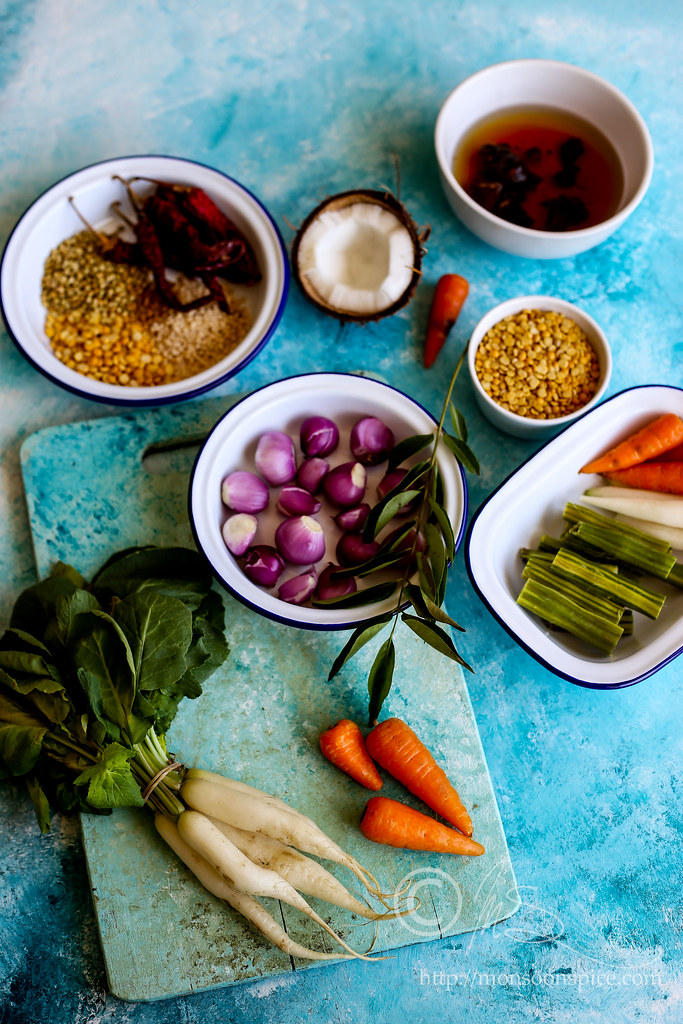
Ingredients for Arachuvitta Sambar
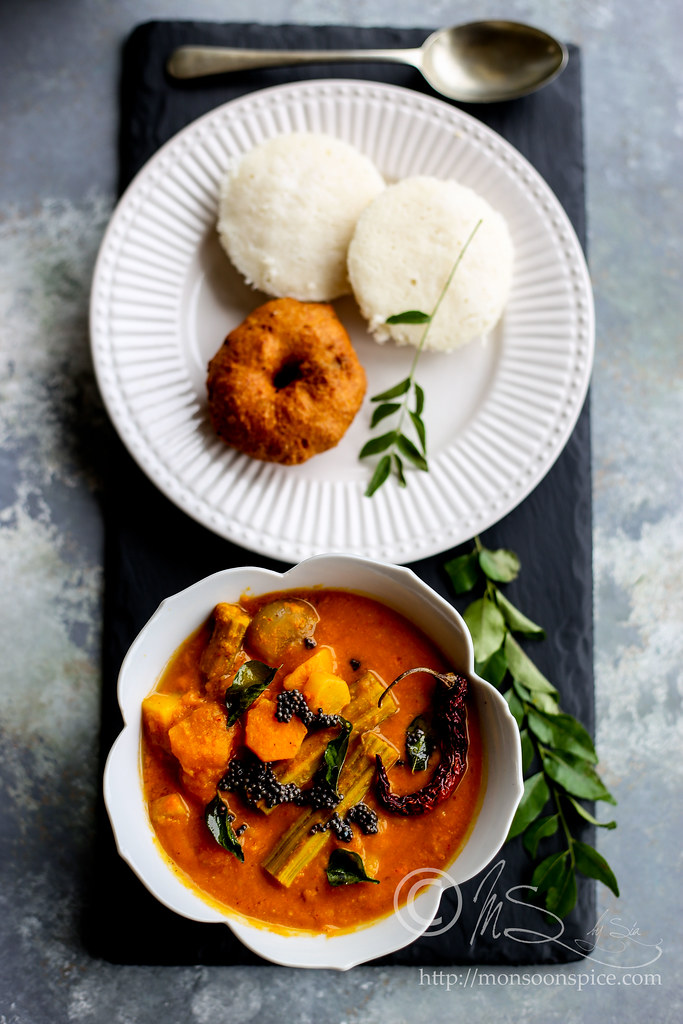
The ingredients which we find in sambar powder has dried red chillies, which surprisingly came to India only in the 15th or 16th century by the Portuguese from Mexico. Not just the chillies, but also tomato, potato and onions were not part of ancient Indian cuisine and were introduced by the western settlers and invaders around the same century. It is quite interesting that these ingredients have become a staple in many food preparation all over India and Indian subcontinents and are as Indian as it gets. Prior to red chillies became an integral part of cooking, it was the black peppercorns and ginger which added the heat to the curries and other food preparations and to this date, many South Indian recipes still uses black peppercorns and ginger (both in fresh and dried form) to spice up the dish and also for their immense medicinal properties and health benefit. We are so used to seeing the red or orange hued curries, it is bit difficult to imagine pale coloured sambar or other curries and this just shows how Indian cuisine has embraced the chillies as it is their own home produce! And so are the potato, tomato and onions without which it is difficult, if not impossible, to imagine the current Indian cuisine!

